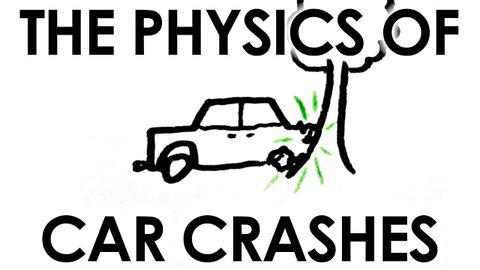カークラッシュの物理学 (The Physics of Car Crashes)
林宜悉 が 2021 年 01 月 14 日 に投稿  この条件に一致する単語はありません
この条件に一致する単語はありませんUS /ɪnˈtɛns/
・
UK /ɪn'tens/
US /ɪˈkwɪvələnt/
・
UK /ɪˈkwɪvələnt/
- adj.同等の;同義の
- n.等価 : (効果 : 価値などが)同等のもの
US /ˌɑpɚˈtunɪti, -ˈtju-/
・
UK /ˌɒpə'tju:nətɪ/
- n. (c./u.)機会;好機;仕事の機会;ビジネスチャンス
US /ˈslaɪtli/
・
UK /ˈslaɪtli/
エネルギーを使用
すべての単語を解除
発音・解説・フィルター機能を解除

